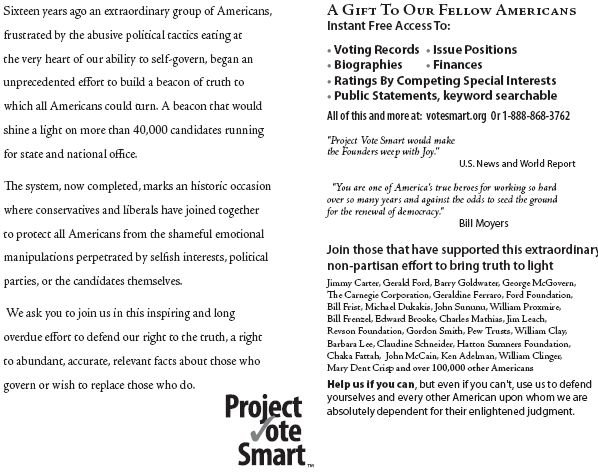.
American philanthropy is the envy of the world. Americans have evolved a unique civic culture of giving and entrepreneurial problem solving, says Heather Mac Donald, the John M. Olin Fellow at the Manhattan Institute. For example:
- From 1995 to 2002, charitable donations as a percentage of gross domestic product (GDP) were nearly six times as high in the United States as in France and 14 times as high as in Germany.
- In 2007, America's charitable giving amounted to $306 billion. [as usual]
- No wonder that European universities and arts organizations look first to their American alumni and patrons for support when their government funding dries up.
- A growing number of activists and politicians argue that foundations should meet diversity targets in their giving and on their staffs.
- If foundations fail to diversify "voluntarily," threaten the race, ethnicity and gender enforcers, they risk legislation requiring them to do so.
The idea that foundations should view the world through the trivializing lens of identity politics dates back to the 1980s, when some liberal foundations, including the Ford Foundation, started asking groups seeking grants to report the race and sex of their staff and board members. But today, politicians are getting into the act; this latest diversity push began in 2005, when the Greenlining Institute, a "multiethnic advocacy group" in Berkeley, Calif., started pumping out studies claiming that foundations were ignoring "communities of color."
- This despite the fact that in California, 39 percent of large foundations' grants primarily benefit minorities, according to the Foundation Center, a respected research body.
- Greenlining's definition of helping a community of color: bestowing foundation grants on a nonprofit whose staff and board are at least 50 percent minority.

[If they're 'minorities', is not 50% representation over-representation?]
READ MORE













No comments:
Post a Comment